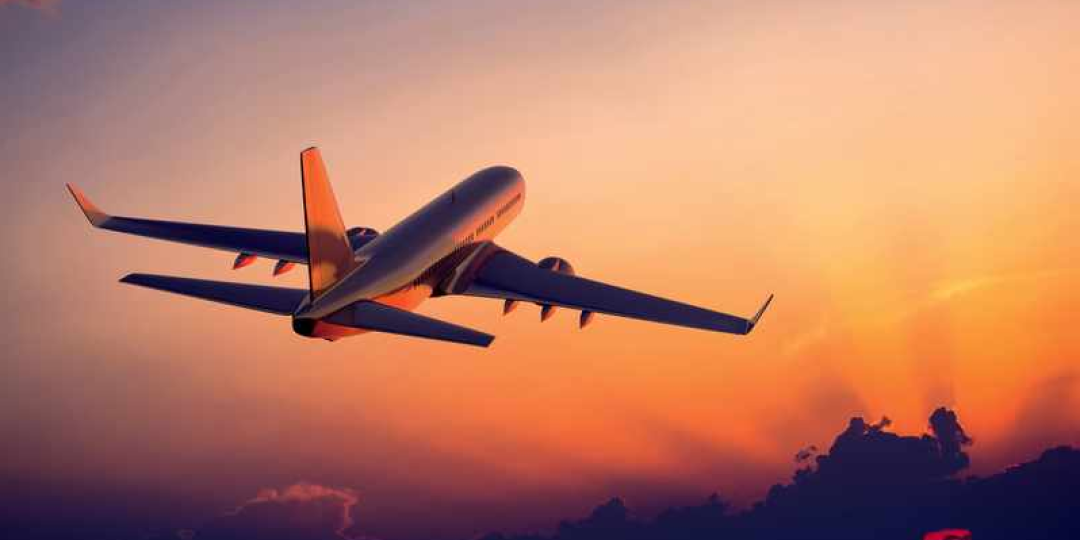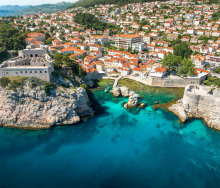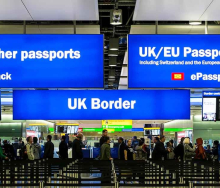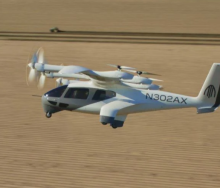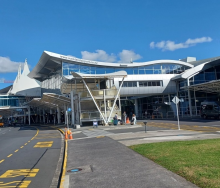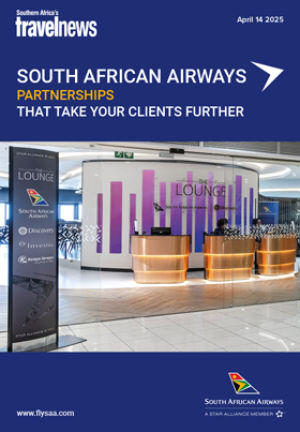Airlines worldwide are under pressure to reduce carbon emissions and fuel consumption, but environmental responsibility must be balanced with consumer satisfaction and that means shedding weight by removing onboard products from flights, like food and drinks, is not currently on the horizon.
A 2022 study by the Operations Subgroup of ICAO found that weight-reduction practices could save airlines up to 0,85% in fuel costs. These savings will more than double for flights partly using expensive Sustainable Aviation Fuel (SAF).
In terms of sustainability, a January article by Bloomberg found that the low-cost carrier business model of lowering weight to save fuel with thinner seats, no business class and crowding as many passengers as possible into aircraft with minimal leg-room was found to produce the best emissions metrics in air travel.
KLM recently began making use of AI to calculate how much food to carry on a flight to reduce weight and food waste. Delta Air Lines too identified aircraft weight loss as a key aspect of its sustainability practices in its latest sustainability report. So, while a great deal of resources and time is given to brainstorming methods to reduce aircraft weight, airlines have not yet done away with the extra weight of food and beverage options on short-haul flights.
Customer satisfaction is key
“The question of why we don’t do away with food and drinks is a great one – it would be super to reduce the weight in every which way,” said Kirby Gordon, FlySafair’s Chief Marketing Officer.
“The answer probably lies in the fact that customers really want access to something to eat and drink and the marginal savings in fuel are probably outweighed by the marginal increase in customer dissatisfaction,” he explained.
This is an opinion shared by the majority of Travel News readers, according to a recent Travel News poll. In a survey with 125 respondents, 68% said airlines should not try to save fuel by removing food and drinks (other than water) from domestic flights.
“Airlines have to weigh up the pros and cons and it’s a commercial consideration,” said Linden Birns, MD of Plane Talking. Birns added that onboard product was one of the ways airlines set themselves apart. An onboard product includes the seats, the cabin, stowage space and baggage hold capacity, lavatories, in-flight entertainment and the onboard service. “The onboard service is the ability to store, heat and serve hot or cold meals and beverages,” he said.
“All of these have to appeal to customers, represent best value for their money and provide the airline with a competitive edge.”
Gordon said FlySafair worked with catering partners to find a low-cost approach to the catering system that kept aircraft weight down.
“First off we do away with ovens and fridges. This lessens a lot of hardware weight in the aircraft and while it limits the food we can stock a bit, it goes a long way to reducing that weight parameter.
“Another key thing is to plan the quantities really carefully. In terms of complimentary meals, you have to strike a careful balance between having enough for everyone, with enough choices (chicken or beef, or more realistically a meat-based and a veg/other considerations option), and not wasting by preparing and carrying more than you need. When it comes to buy-on-board, the same philosophy applies,” Gordon said. “You don’t want to be flying cases of water and Cokes, for example, that you just don’t sell.”
Greater savings
Birns added that, while reducing aircraft weight could reduce fuel consumption, far greater savings could be achieved with improved co-ordination and movement of the aircraft on the ground at airports and in the skies.
“In today’s highly-digitalised world, we should be able to avoid having aircraft standing in long queues with their engines idling while waiting to take off. Similarly, air navigation services should be able to enhance the design and management of their airspace so that more aircraft can be assigned to their optimal cruise levels, guided along the shortest routings and able to conduct continuous direct approaches to destination airports instead of dropping down in incremental steps on segmented dog-leg routings and being put into holding patterns,” he explained.
